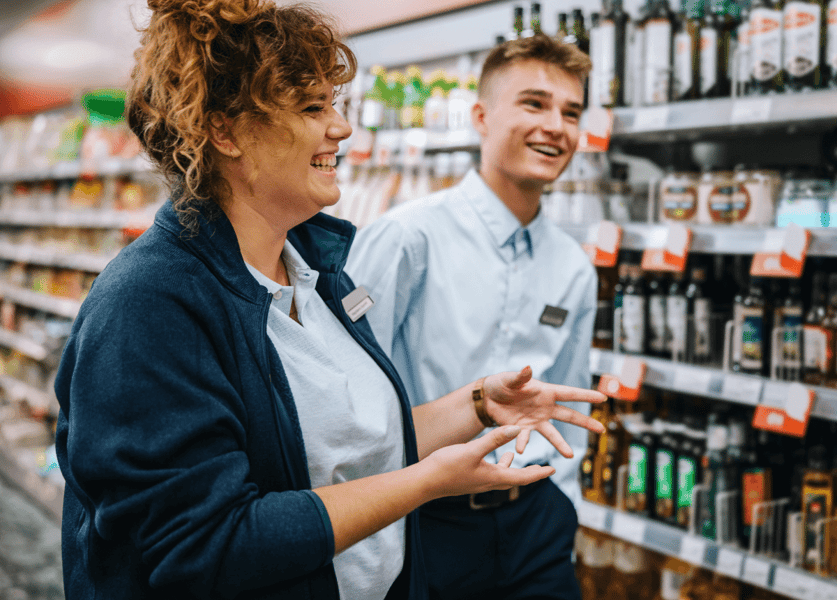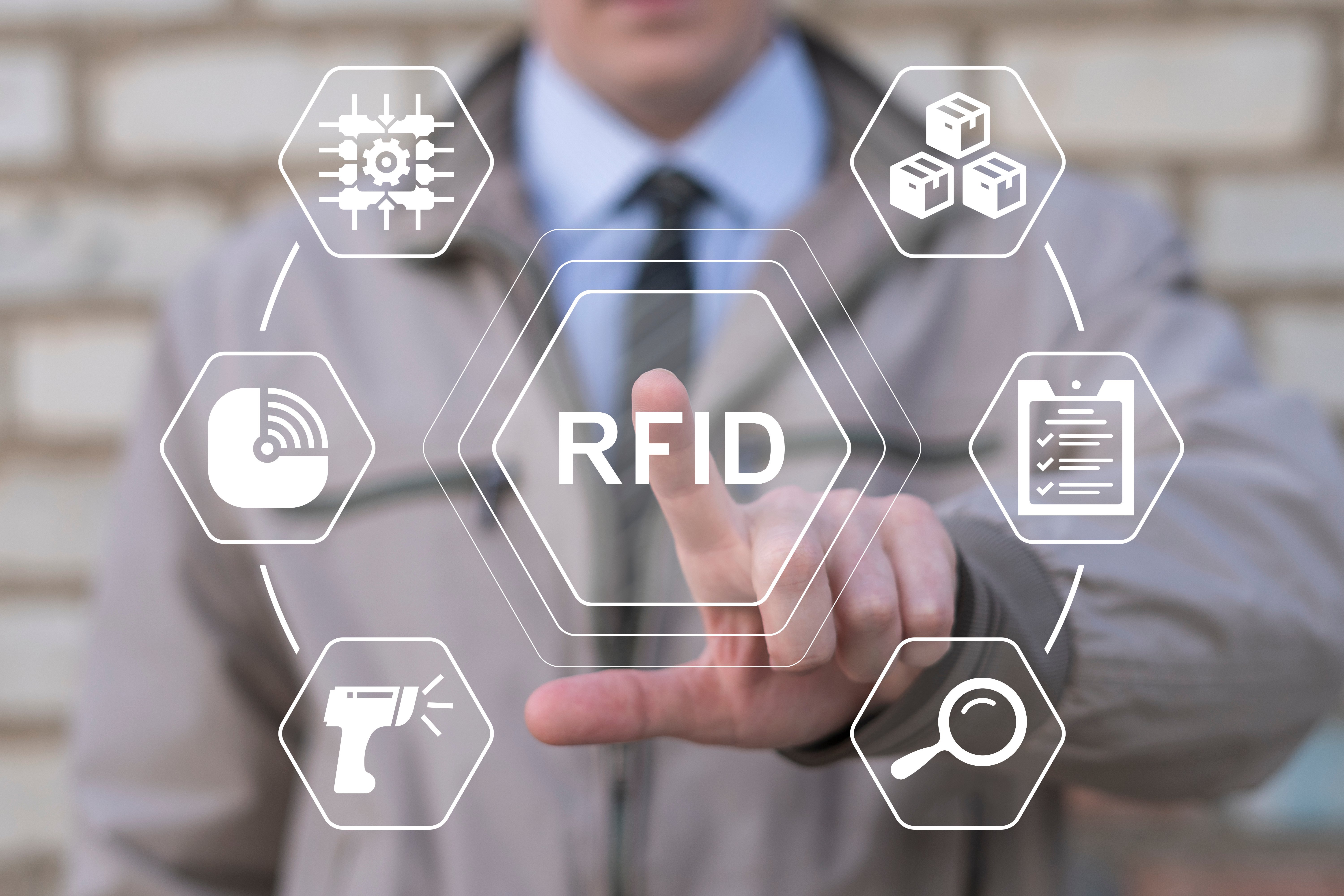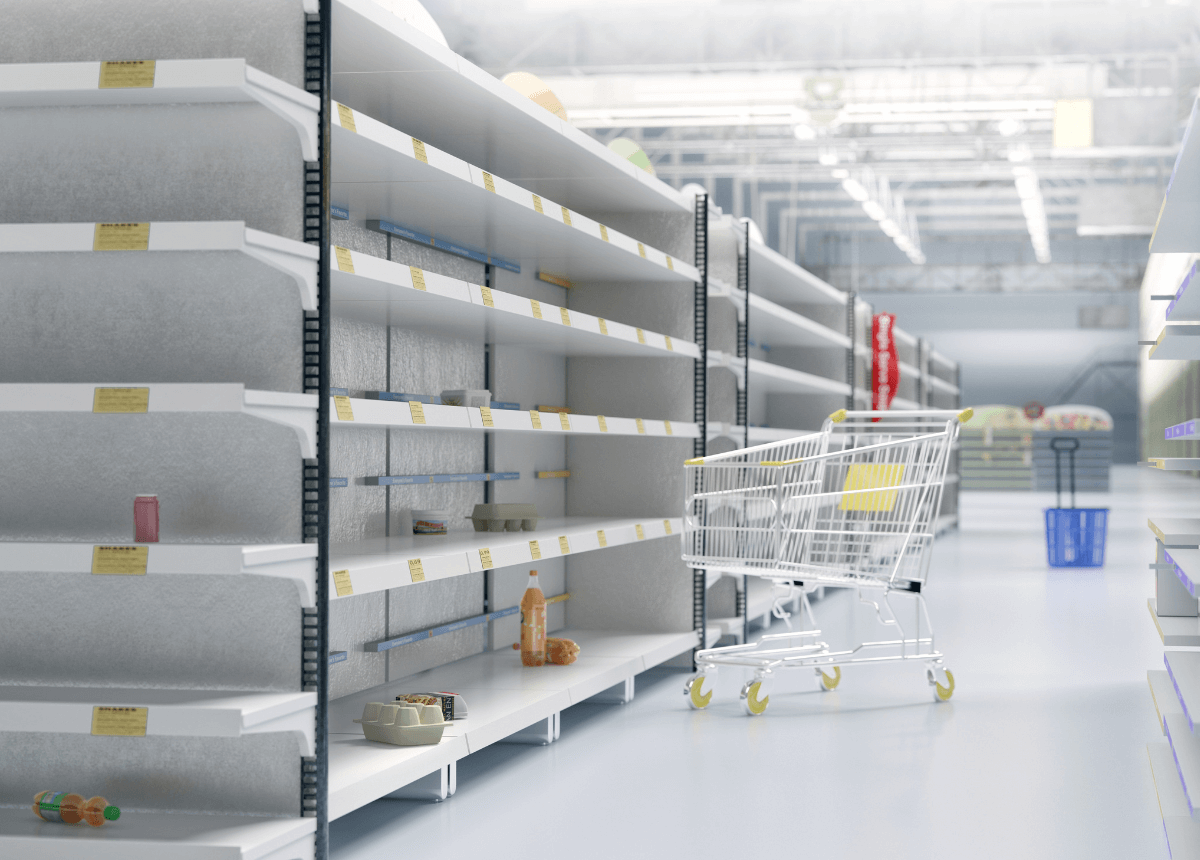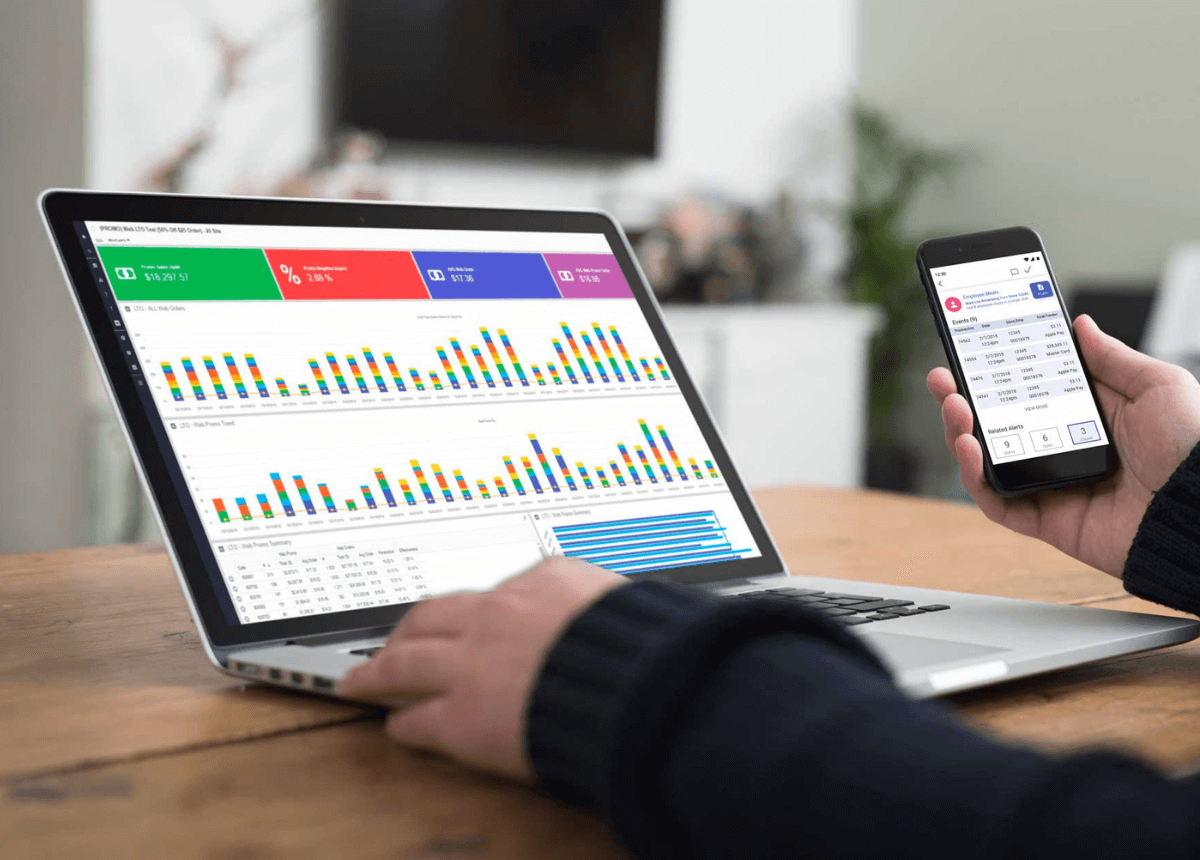10 Ways to Use Customer Service as a Loss Prevention Tool
General Gabrielle Nankervis
Gabrielle Nankervis

Retailers are devising innovative ways to serve customers, provide an exceptional experience, and step up their loss prevention efforts. But can world-class customer service also help to minimize loss?
As retail labor costs rise, it is critical to use staff efficiently. Here are ways to deploy and maximize the impact of your customer service resources as a retail loss prevention tool.
How does Customer Service Help Loss Prevention?
Customer service helps happy customers become loyal customers. Store associates add value by helping customers find what they need, answer product questions, and increase engagement. Without the help of an associate, the customer experience can plummet, and encourage shoppers to visit competitors.
Despite the increase in LP technology, retail staff associates are critical to serving customers and protecting assets. Without assistance, customers can inadvertently damage or misplace goods, leading to a rise in preventable loss and shrink. In addition, malicious shoppers can do even more harm, stealing goods and going unnoticed.
That is why retailers are focusing on specific areas of theft where motive meets opportunity. While the thief’s motive may be clear, it is up to stores to reduce the opportunity to steal. Retail associates can reduce shoplifting opportunities by being visible, helpful, and knowledgeable about products, while also looking for telltale signs of potential theft.
Top ten customer service LP tactics
Retailers can safely train and deploy their staff to ensure customers get the service they deserve while protecting the bottom line. Here are ten ways to add customer service to your retail loss prevention toolkit.
1. Hire Right and Train Well
Good customer service begins with motivated employees who are excited to represent the store’s brand. It is up to the store to train associates on how to help customers and look for potential shoplifters. Stores can provide LP training that supports local laws and helping them stay safe when approaching customers.
2. Meet and Greet
Staging an employee at the front entrance welcomes customers, answers their questions, and keeps an eye out for potential malicious shoppers.
3. Know the Signs
Understanding the telltale signs of a malicious shopper can put the store on alert, sending staff members to ensure they have minimal opportunities to pilfer goods when shopping. Training employees to spot shoppers with oversized coats or bags or those who are “just looking” are signs of shoppers who require extra attention. Train associates to stay close, ask questions, and offer help.
4. Counter Distractions
Shoplifters often work in teams. It is common for one team member to distract an associate while another thief steals merchandise. Coordinating staff members to watch all shoplifting team members will encourage them to leave.
5. Protect High-Value Goods
A small number of products can drive the most significant revenue loss. LP-focused training will help store associates protect the right items. For example, high-theft items can have a 4%-5% shrink percentage in grocery stores. Keeping high ticket items in plain view provides access to customers and a sightline for employees to watch for theft.
6. Walk the Floor
Establishing a clear presence throughout the store lets people know that associates are watching and ready to step in where necessary. As a result, customers are more likely to ask questions when they need help, and associates can watch for misplaced items or potential theft. They can also keep an eye on high ticket items to dissuade potential theft.
7. Keep it Clean
Clear aisles and attractive displays help customers find what they need and explore new products. Stores should have uncluttered aisles that prevent potential thieves from hiding their activities. Store associates should keep aisles neat, making products easier to monitor.
8. Use Positive Body Language
Associates who smile show confidence, helping customers feel at ease while shopping. Over half of human communication is non-verbal. Store associates can be trained to make appropriate eye contact, keep a relaxed stance, and use occasional gestures to put customers at ease. Watching for people with uncomfortable body language alerts associates for potential problems.
9. Control Fitting Room Access
Stores should reduce the number of hidden areas where thieves can easily steal goods. Fitting rooms provide a prime place for retail theft, so assigning associates to control access to this area is critical. Associates can monitor what goes in and out of dressing rooms and help customers keep items to a minimum.
10. Don’t Cross the Line
On occasion, customers will chat up store associates, befriending them to get a better deal at the checkout, known as “sweethearting.” Excellent customer service doesn’t mean providing unwarranted discounts. Train associates to be professional but not cross the line where everyone loses.
We're sharing advice from 20 Loss Prevention and Asset Protection leaders that will change how the industry operates. Download your copy today.
Learn more about Loss Prevention & Asset Protection.
Related Articles

The Ultimate Guide to RFID in Retail: How Leading Retailers Are Using RFID for Inventory and Loss Prevention
Retail industry leaders across sectors are embracing RFID technology to transform their inventory management and loss prevent...
Maximizing On-Shelf Availability: LP’s Role in Avoiding Out-of-Stocks
Inventory keeps revenue flowing. Making sure that the right product is on the right shelf at the right time is critical, yet ...
The Evolution of Retail Store Operations
Until recently, most retail customers still purchased items the same way they have done for over 100 years. They went to the ...Subscribe to our blog
Receive free educational resources like exclusive reports, webinars, and industry thought leadership articles straight to your inbox.


